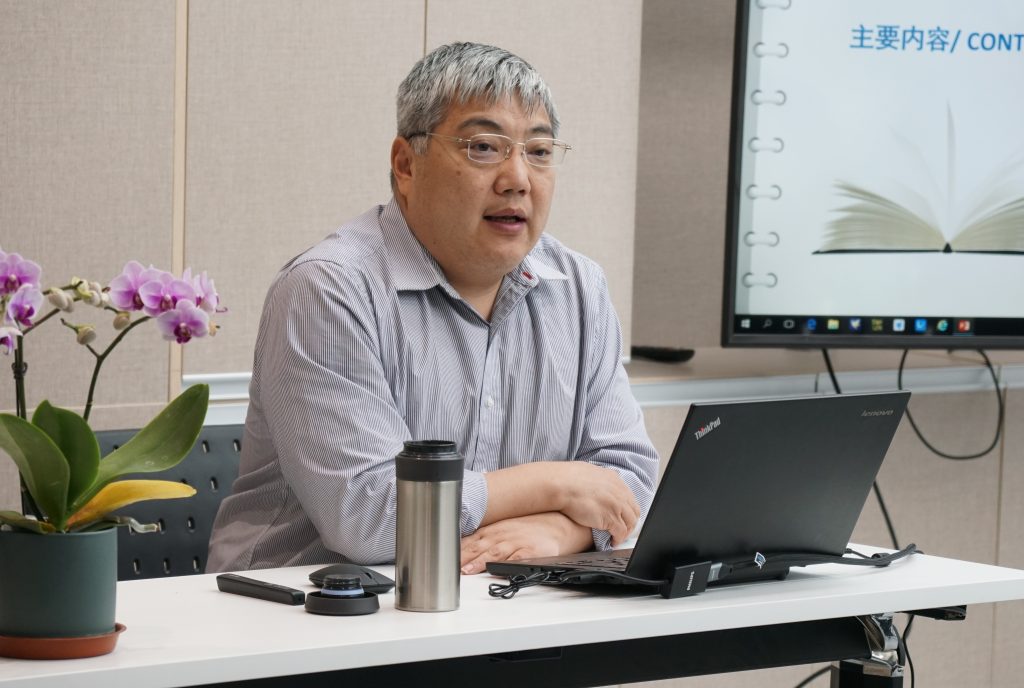On the evening of October 8, 2019, the second session of the Park Economy and Economic Development Lecture Series titled the “Development of China’s Park Economy” was held at Conference Room 205 of the Central Main Building of Tsinghua University. Wang Yong, Associate Professor, Institute of Economics, School of Social Sciences, Tsinghua University, delivered the speech, which was attended by doctoral students from the Institute of International and Area Studies (IIAS) of Tsinghua University.
This lecture started by distinguishing the types of development zones in detail. Prof. Wang discussed the historical evolution of China’s park economy from four aspects: The initial Shekou model, the rise of economic development zones, the development of high-tech parks, and the development of free trade zones. . He pointed out that the establishment of economic development zones has played an important role in promoting national (or regional) economic and social development. Economic development zones can revitalize export industries, expand foreign trade, introduce advanced technologies, extract management experience, increase foreign exchange sources, maximize foreign exchange income, create employment opportunities, prosper local economies, and promote regional development.
Prof. Wang concluded that after more than 30 years of development, China’s park economy is based on the centralized utilization and operation of multiple production factors such as land, capital, technology, and talent, as well as the support of multiple preferential policies. Economic growth, technological progress and capital accumulation have made important contributions. But on the other hand, because most of China’s current park development models are government-led, coupled with imperfect institutional arrangements, various regions are in the process of park planning and development. There have been obvious problems of “emphasis on quantity over quality”, homogeneous development and inefficient use of resources or even waste, which weakens the further improvement of the economic benefits of the park economy.

He believed that China’s development zones are currently facing four major problems: Excessive numbers and homogenization of competition, industrial agglomeration effects facing spatial deconstruction, unidentified leading industries leading to reduced scale effects, and emphasis on policies rather than services resulting in missing platform effects. Prof. Wang mentioned that the park economy has great research potential and value in terms of macro, meso and micro levels. If compared with the developing countries studied by the students at IIAS, the development of China’s park economy is at the forefront of the world. He further emphasized that the park economy plays a vital role in the process of China’s economic development and is an important experience of China’s economic success, which is difficult to see in other developing or developed countries.
In the Q&A session, Prof. Wang Yong answered some questions about the comparison of the development characteristics of the special economic zones in China and India. He encouraged doctoral students to start from the country or region they study and try to do some analysis and research on its park economy.
(By Wang Zijing Photography: Liu Jing)




